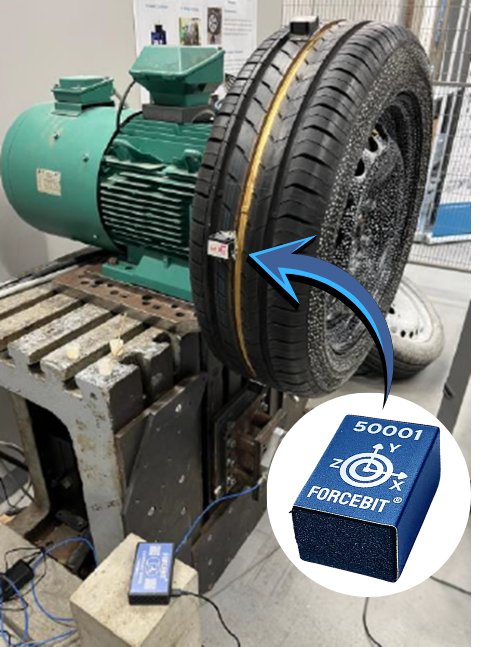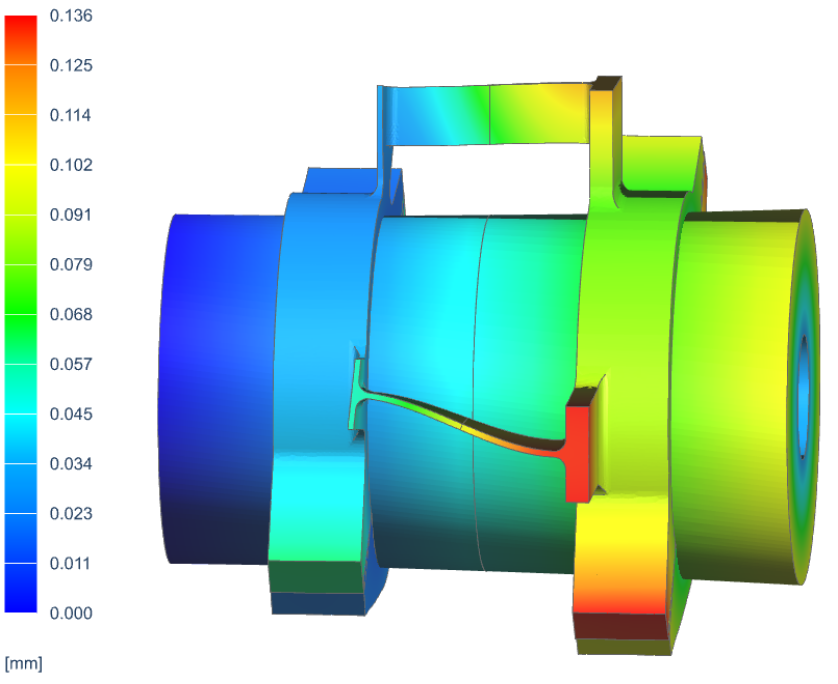Mechatronic drive design: the increasing importance of energy efficiency
At the start of my career, I investigated energy losses in mechatronic drives. We did a survey with several industrial stakeholders on the importance of energy efficiency. Energy efficiency was consistently rated less important compared to performance and durability. The machine designer designed for infinite lifetime at the expense of higher energy usage. While that finding made perfectly sense back then, with the current changes in the world’s economy, energy efficiency starts to rightly gain increased performance.
The most striking eye-opener in my research was the strong interdependency between the different subsystems we modeled using SIMCENTER Amesim. Energy does not simply flow from the actuator to the end-effector but is stored and released in several flexible and inertial elements throughout the drivetrain. Adapting small components changed power flows and loading conditions on key components such as the bearing and gears. Because loading conditions are the dominant mechanism for frictional losses, energy consumption changed. Even more counter-intuitive was the fact that adding damping on the right places can make machines more energy efficient!
With industry 4.0 and the emerging digital twin concepts, I advocate to include energy efficiency to our modeling practices. And while we are at it, I suggest using a Forcebit sensor to make of good assessment ;-).















